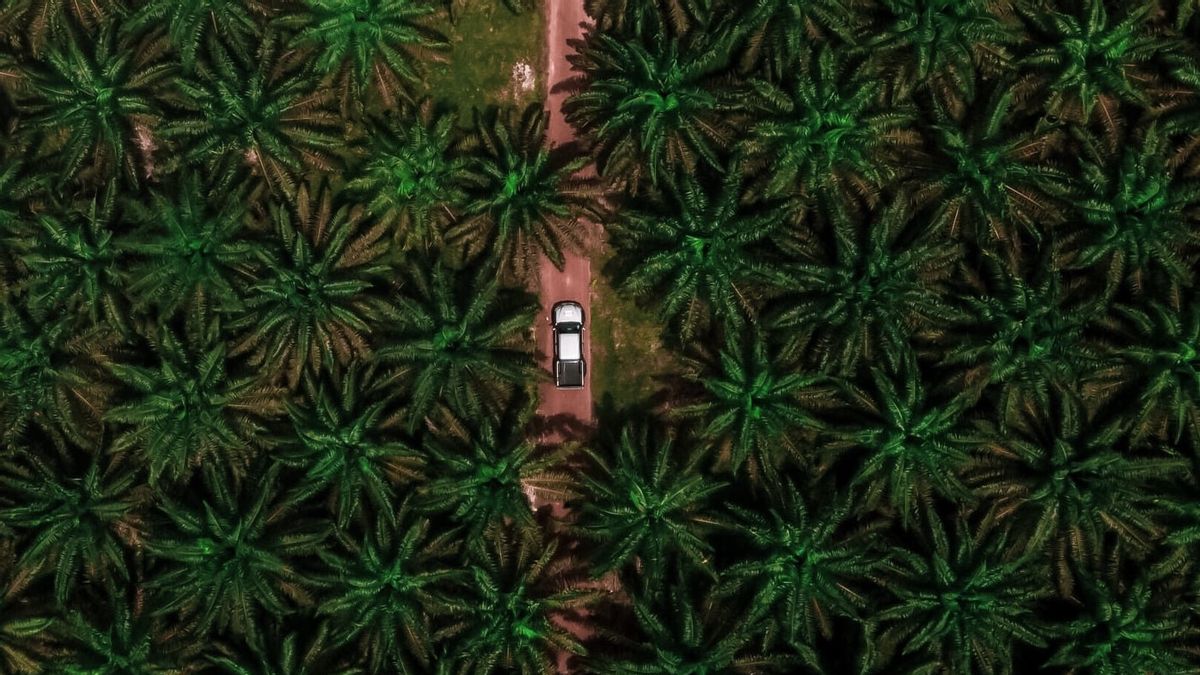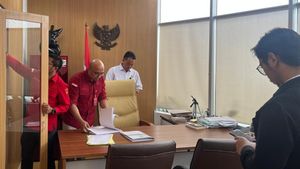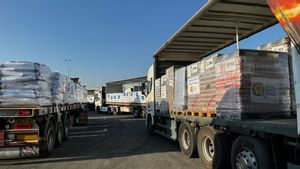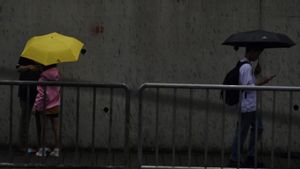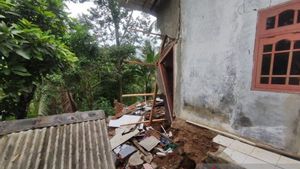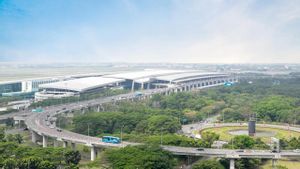JAKARTA - The Ministry of Environment and Forestry (KLHK) emphasized that palm oil is not a forest plant. It is based on various government regulations, historical analysis and layered academic studies.
''From various regulations, historical values, academic studies, general discourse and practice, palm oil is clearly not a forest plant and the government has no plans to revise these regulations,'' emphasized the Director General of Sustainable Forest Management (DG PHL) KLHK, Agus Justianto. Jakarta, Monday, February 7, reported from the ministry's website.
In Permen LHK P.23/2021, palm oil is also not included as a forest and land rehabilitation plant (RHL).
The current government is more focused on solving various problems that have occurred several decades ago, resulting in massive expansion of oil palm plantations in forest areas that are non-procedural and illegal. Expansive, monocultural, and non-procedural practice of oil palm plantations in forest areas has created various legal, ecological, hydrological and social problems that must be resolved.
''Considering that forests have an irreplaceable ecological function, and oil palm plantations have got their own growth space, it is not yet an option to include oil palm as a type of forest plant or for rehabilitation activities,'' said Agus.
Regarding the illegal infiltration of oil palm or the continuation of oil palm in the Forest Area, the solution is carried out by fulfilling the elements of justice, legal certainty and benefit, so that law enforcement can provide the best impact for the community and for the forest itself.
One of them is through the corrective term regulation as an effort to restore the function of monoculture smallholder oil palm plantations into mixed oil palm plantations with certain agroforestry techniques accompanied by institutional commitments with the parties.
The derivative policy of the UUCK, namely the Minister of Environment and Forestry Number 8 and 9 of 2021, has contained regulations related to the improvement period, namely the activity of planting forestry trees between oil palm plantations. The main types of forestry plants for Protected Forests and Conservation Forests must be non-timber forest products (NTFPs) producing trees and can be woody trees and cannot be cut down.
This regulation prohibits planting new palm oil and after completing one cycle, the land must be returned to the state. For oil palm plantations located in Production Forest forest areas, one cycle is allowed for 25 years. Meanwhile, those in Protected Forests or Conservation Forests are only allowed 1 cycle for 15 years from the time of planting and will be dismantled and then planted with trees after the cleaning period ends.
The repair period must be carried out in accordance with Social Forestry governance, planting crops through agroforestry techniques adapted to biophysical conditions and social conditions, applying silvicultural systems or cultivation techniques, without rejuvenating oil palm plants during the repair period.
''The ultimum remedium approach is taken as a middle way that is fair and good for all parties, including for forest conservation. UUCK has also made it clear that oil palm is not a forest plant because there is a process of reforestation through the corrective term. In this way, UUCK has clearly positioned that oil palm is still classified as a plantation crop. Legally, there is room for oil palm plantations and the arrangements are clear. At this point, the most important thing is how we can monitor the implementation of PP24/2021 together so that the implementation is effective, so that the forest can be sustainable and the people will remain prosperous,'' concluded Agus.
The English, Chinese, Japanese, Arabic, and French versions are automatically generated by the AI. So there may still be inaccuracies in translating, please always see Indonesian as our main language. (system supported by DigitalSiber.id)
